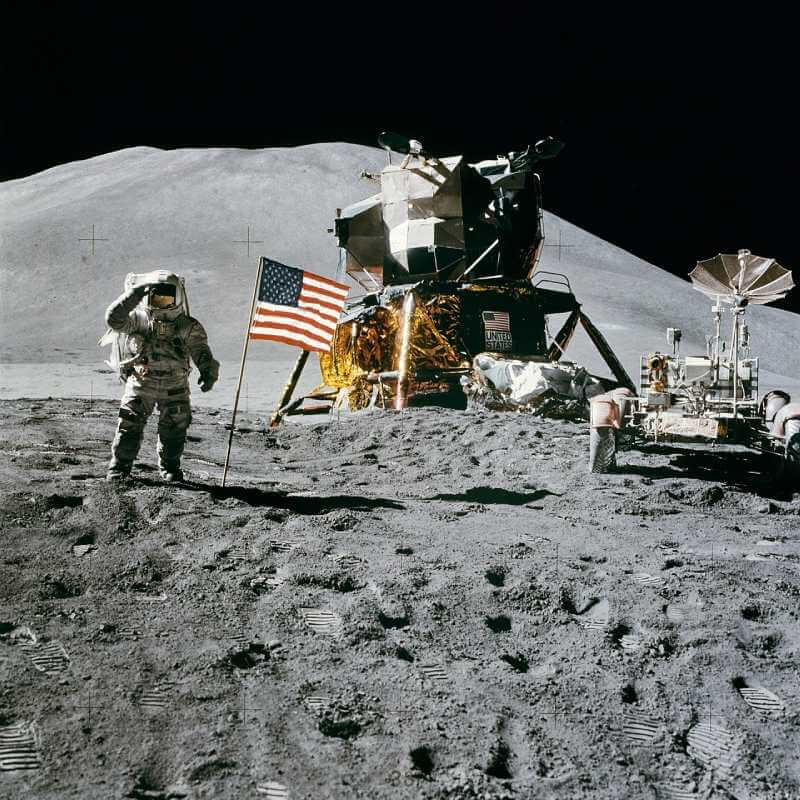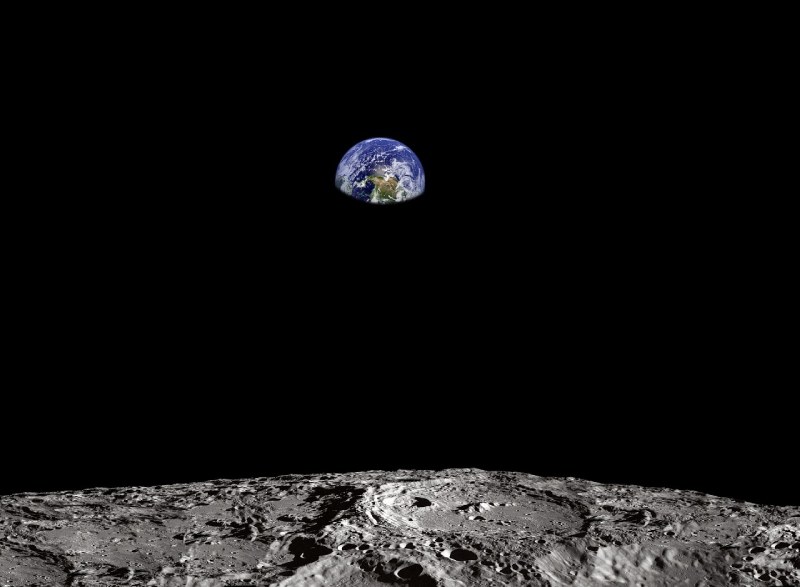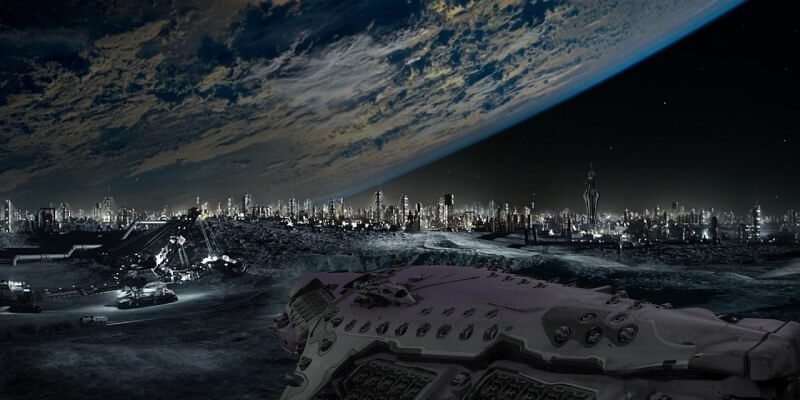We have remarkable technological advancements that are making the unbelievable a reality and questions that seemed far-fetched are becoming less obscure. Questions like, “Can we live on the moon?” Right now, we cannot live on the Moon, but in the near future, NASA plans on setting up an infrastructure that allows people to live on the Moon for months at a time.
Although living on the Moon will never look the same as Earth (due to atmospheric differences, gravity issues, lack of water, etc) we will likely see astronauts living on the Moon for extended periods of time in the next 10 years.
NASA’s Plan for Getting Astronauts on the Moon
We haven’t sent astronauts to the Moon since the ’70s. Since then, people have wondered when NASA would be sending more astronauts to study the Moon or other celestial bodies. Elon Musk, at Space X, has been very vocal about trying to colonize Mars, but first scientists are trying to colonize the Moon.

Artemis: Twin Sister of Apollo
The Artemis Initiative is a series of crewed lunar missions led by NASA. The ultimate goal is to return astronauts to the Moon and establish a sustainable human presence. The last lunar landing was part of the Apollo program. Apollo was a goddess in Greek Mythology and Artmeis is her twin sister.
First of Many Artemis Missions
NASA already has the lineup for the astronauts who will be the first to step foot on the Moon in nearly 50 years. The crew consists of Christina Hammoch Kock (Mission Specialist 1). She will be making the voyage alongside Reid Wiseman, Victor Glover, and CSA astronaut Jeremy Hansen. The hope is to launch in 2025.
With Every Mission Comes Bigger Changes
The goal is to build a little bit on the Moon with each mission so every subsequent exploration has more luxuries than the previous mission. In the end, NASA is hoping to create a fully sustainable community where astronauts can live for extended periods of time.
Life Will Look a Little Different on the Moon
Of course, we all know that life will look much different than here on Earth. We have everything on Earth required to support plants, animals, and human life. That is not the same for the Moon. NASA cannot change the atmosphere, climate, or radiation of the Moon, but it can set up infrastructure to make the Moon more inhabitable.

Moon Oxygen Pipeline
The Moon Oxygen Pipeline is a groundbreaking piece of technology aiding in the colonization and development of infrastructure on the Moon. This innovative idea will be placed inside the Moon’s surface. The pipeline will harness the oxygen in the Moon, bottle it up, and then strategically distribute it to various facilities that have been set up on the Moon such as natural habitats.
Project Olympus by Icon
NASA hired Icon to create a lunar base on the Moon that will allow for a sustainable human presence. Project Olympus is a structure, constructed by a 3D printer that will serve as a home and workplace for astronauts as they live on the Moon for extended missions. The structure will allow astronauts to roam freely without the use of specialized suits.
Brand New Space Suits
Since NASA can’t change the atmosphere, astronauts will still be required to wear space suits while on the open surface of the Moon. Previous astronauts who have stepped foot on the Moon complained about the sharp rocks puncturing through their space suits.
Apparently, the rocks on the Moon are extremely sharp due to the lack of water. If astronauts plan to spend more time on the Moon they need to have space suits that are built for longer missions. Axiom has been contracted by NASA to create long-lasting space suits that will hold up against sharp rocks on the Moon.
Building Infrastructures to Model Earth
We are trying to build infrastructures on the Moon that mimic that of Earth. By creating Earth-like buildings and habits we can ensure that we will create long-term sustainability for lunar missions. NASA wants to slowly build up the Moon to turn it into a self-sustaining community.
Roads with New Vehicles
NASA is going to create roads that the astronauts can drive on. The last time that they were on the Moon they complained about the amount of dust that would occur due to their vehicles. They are afraid that with the continual usage of vehicles, they will disturb the surface of the Moon. So they want to create roads so that the astronauts can easily travel around.
Not only that, but NASA is also going to be creating more powerful, efficient, and modernized vehicles for astronauts to drive. One of the vehicles is like a small buggy (similar to what you would see on a farm). And then the other is a fully enclosed vehicle where the astronauts can remove their space suits.
Launch Pad/Landing Pad for the Rockets
Every time a rocket lands or takes off from the Moon – millions of dust particles get spread everywhere due to the force. NASA wants to avoid having the blast ruin different parts of the Moon. So, as a result, NASA is planning on building a landing pad to minimize the amount of dust that gets dispersed.
What’s Next?
Kathy Lueders, NASA Associate Administrator “With more demand for access to the Moon, we are developing technologies to achieve an unprecedented human and robotic presence 240,000 miles from home. Our experience on the Moon this decade will prepare us for an even greater adventure in the universe – human exploration of Mars.”
The goal for NASA and Musk is to prove that we can build a sustainable environment on the Moon so we can achieve the ultimate feat of building a similar infrastructure on Mars. Scientists have been studying Mars for quite some time and they believe that it would have a similar environment to the Moon (making it possible to make a solar landing).
Final Thoughts
The idea of living on the Moon is absolutely fascinating. NASA is making ongoing efforts to achieve the dream of creating a sustainable habitat on where trained professionals can live, work and study. If everything goes according to plan there should be self-sustaining facilities, roads, vehicles, and buildings that provide astronauts oxygen without needing space suits.

